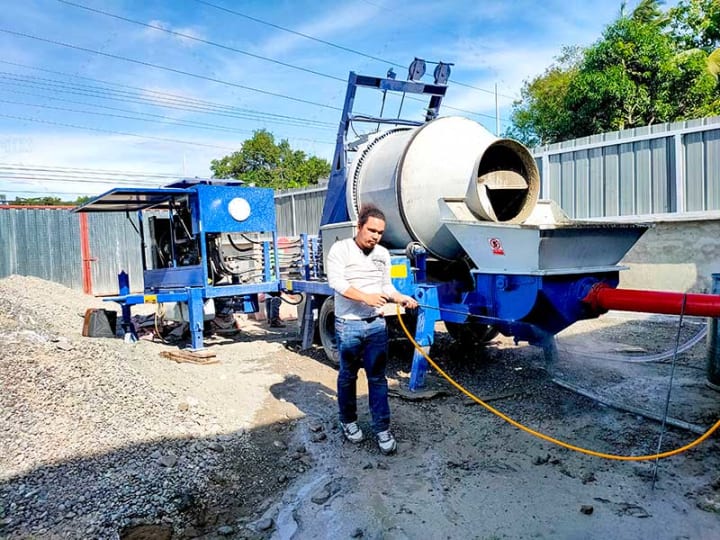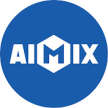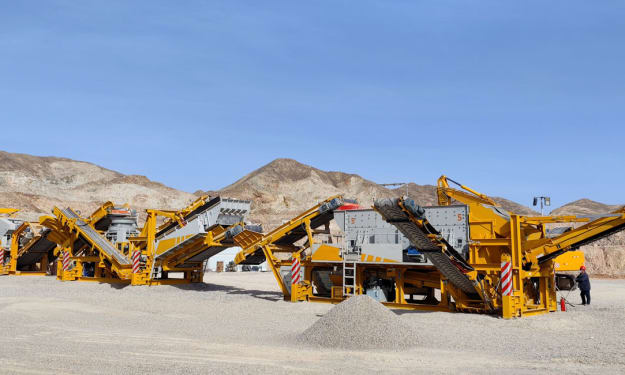
Concrete Mixer Pump Pipelines are vital components in construction projects, facilitating the seamless transportation of concrete from the mixer to the desired location. Like any machinery, they are susceptible to various issues that can impede their functionality. Understanding these issues and employing effective troubleshooting techniques is crucial for maintaining the efficiency and productivity of concrete mixer pump operations.
I. Introduction
Concrete Mixer Pump Pipelines form the arteries through which concrete flows, connecting the mixer unit to the point of placement. These pipelines come in various materials such as steel or rubber and are subjected to rigorous conditions during operation.
II. Common Issues with Concrete Mixer Pump Pipelines
A. Blockages
Blockages are one of the primary challenges encountered with concrete mixer pump pipelines. They occur due to the accumulation of hardened concrete, foreign objects, or insufficient lubrication within the pipeline. Blockages not only disrupt the concrete flow but also pose a risk of damaging the pump components.

B. Leakage
Leakage in concrete mixer pump pipelines can result from several factors, including worn-out seals, loose connections, or cracks in the pipeline material. Even minor leaks can lead to significant material wastage, environmental contamination, and compromised structural integrity at the construction site.
C. Reduced Pumping Efficiency
Over time, concrete mixer pump pipelines may experience reduced pumping efficiency, characterized by slower flow rates and increased power consumption. This can be attributed to factors such as pipeline wear and tear, improper alignment, or inadequate maintenance practices. Here are some guidance on some maintenance tips: https://concretemixerwithpump.com/regular-concrete-pump-maintenance/.
III. Troubleshooting Techniques
A. Blockage Identification and Clearance
To troubleshoot blockages in concrete mixer pump pipelines, it is essential to first identify the location and cause of the obstruction. This may involve inspecting the pipeline visually, using diagnostic tools such as pipeline cameras, or monitoring the pump pressure and flow rate. Once the blockage is located, appropriate clearance techniques can be employed.
One method for clearing blockages is manual removal using specialized tools like pipe pigs. These devices are inserted into the pipeline and pushed through to dislodge hardened concrete deposits or foreign objects obstructing the flow. Pipe pigs come in various sizes and configurations to suit different pipeline diameters and materials.
Another effective technique for clearing blockages is high-pressure water jetting. This method involves injecting pressurized water into the pipeline to break up and flush out obstructions. Water jetting can be particularly useful for removing stubborn blockages and restoring the smooth flow of concrete.
In cases where manual or water jetting methods are ineffective, mechanical augers or vibrators may be used to dislodge the blockage. These devices are attached to the end of the pipeline and exert mechanical force to break up hardened concrete or agitate the material to facilitate removal.
B. Leak Detection and Repair
Leak detection in concrete mixer pump pipelines requires a systematic approach, starting with visual inspection for visible signs of leakage such as wet patches or dripping water. Pressure testing can also be performed to pinpoint the exact location of the leak. Depending on the severity and cause of the leak, repair methods may vary from simple tightening of connections to replacing damaged pipeline sections or applying sealants and coatings.

C. Pumping Efficiency Enhancement
To address reduced pumping efficiency in concrete mixer pump pipelines, proactive maintenance measures should be implemented to optimize performance and minimize wear and tear. Regular inspection of pipeline condition is essential to identify potential issues such as corrosion, abrasion, or misalignment.
Lubrication of moving parts, such as pump bearings and seals, helps reduce friction and extend component lifespan. Using high-quality lubricants suitable for the operating conditions can enhance performance and prevent premature wear.
Alignment adjustments may be necessary to ensure proper alignment of the pump unit and pipeline. Misalignment can cause uneven wear on pipeline components and reduce pumping efficiency. By realigning the pump unit and pipeline, optimal performance can be restored, and potential issues avoided.
Additionally, optimizing concrete mix design and pump operation parameters can help maximize pumping performance. Using the appropriate concrete mix for the job requirements and adjusting pump settings, such as pressure and flow rate, can minimize stress on the pipelines and improve overall efficiency. Regular training and education for pump operators are also essential to ensure proper operation and maintenance practices are followed.
In conclusion, effective troubleshooting techniques for concrete mixer pump pipelines involve a combination of diagnostic skills, technical knowledge, and practical experience. By promptly identifying and addressing issues such as blockages, leakage, and reduced pumping efficiency, construction professionals can ensure the smooth operation of concrete pumping operations and minimize downtime on the job site.
About the Creator
AIMIX
Construction Machine Manufacturer in China. Find Machines here: https://aimixglobal.com/






Comments
AIMIX is not accepting comments at the moment
Want to show your support? Send them a one-off tip.